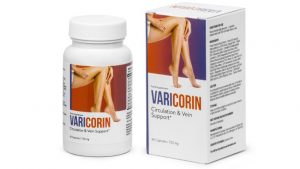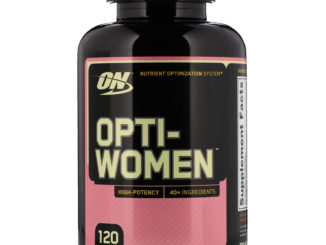The properties of Horse Chestnut
In chronic venous insufficiency, varicosis, nocturnal systremma (cramps in the calves) and swelling of the legs.
Horse Chestnut contains triterpenoid saponins (especially aescin, a complex mixture composed of acylated glycosides of protoaesigenin and barringtogenol-C, including hippocaesculin), coumarins and flavonoids.
Indications
Seeds
- Varicose veins and other chronic venous insufficiency in the extremities: heaviness, swelling, pain, tingling sensation, night cramps in the calves.
- Hemorrhoids.
- Edema reabsorption, especially those post-surgery.
- Prevention of thrombophlebitis and varicose ulcers.
- Skin capillary fragility: couperose, petechiae, ecchymosis, hematomas, erythrosis etc.
- Others: Seeds have been used in folk medicine to treat diarrhea, fever and arthritis.
Leaves and bark
- In case of fragility and congestive conditions of the venous and lymphatic: varicose veins, hemorrhoids, varicose ulcers, prevention of phlebitis and thrombosis, edemas, epistasis, ecchymosis, metrorrhagias, etc.
- Traditionally they have been used for the treatment of diarrhea, fever. Arthritis, edema, benign prostatic hyperplasia, premenstrual syndrome and unproductive cough.































































